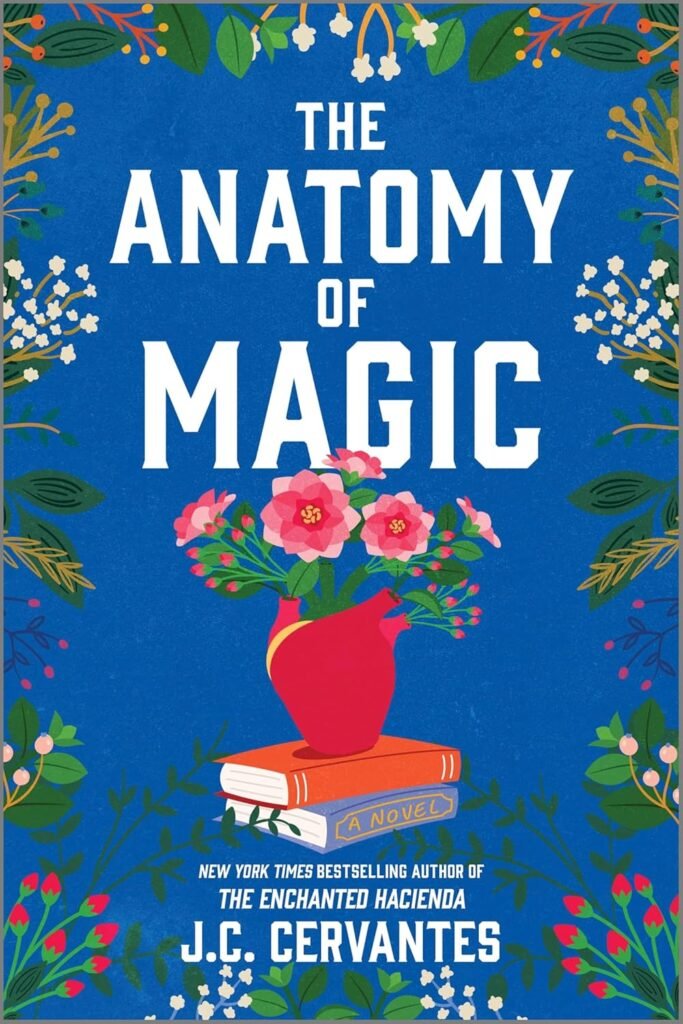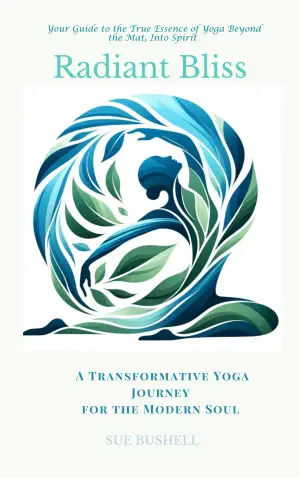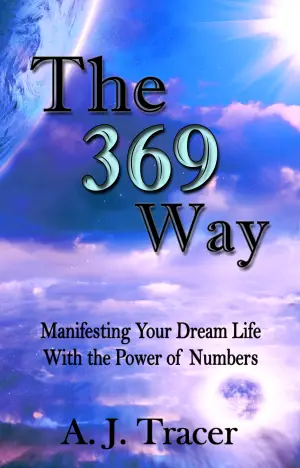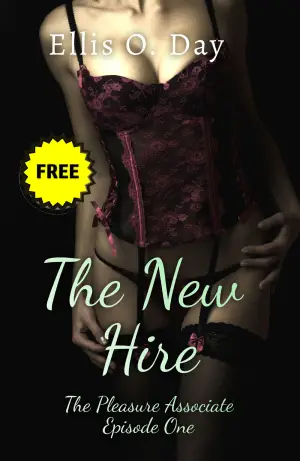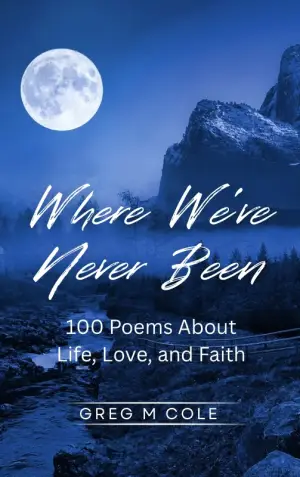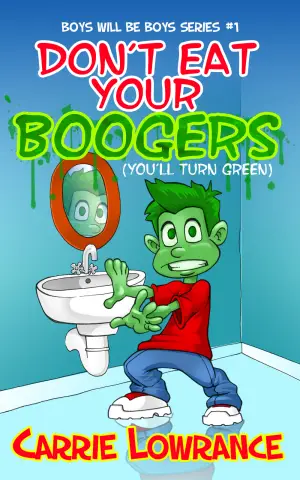The Anatomy of Magic: A Dance of Beauty and Frustration
From the moment I laid eyes on The Anatomy of Magic by the talented author, I felt an undeniable pull, a magnetic allure promising both magic and complexity. As a lover of lyrical prose and richly woven narratives, I was excited to explore a story that intertwines the extraordinary with the mundane, reflecting the adventures of its main character. However, as I dove deeper, I found myself trapped between enchanting moments and frustrating storytelling choices that ultimately shaped my reading experience.
At its heart, The Anatomy of Magic offers a beautiful exploration of the connections between magic and everyday life, masterfully presented through the eyes of an OB surgeon. The magic themes glitter like sparks throughout the narrative, showcasing the extraordinary in the lives of interconnected women. Each character seems imbued with unique magical abilities, hinting at deeper complexities waiting to be revealed. Unfortunately, the main character’s incessant inner dialogue revolving around a past trauma—“something extreme happened … … I can’t TALK about it!”—came off as more tedious than intriguing. While I understand the intention to create suspense, it often felt like a distancing tactic that pulled me away rather than inviting me in.
The lyrical writing undeniably drew me in, painting vivid imagery that brought the characters’ experiences alive. Yet, I often found myself frustrated by the emotional dramatics that seemed to overshadow the truly compelling elements of the plot. Take, for instance, the allusion to a patient who tragically passes away. While it holds potential for emotional weight, the reader never meets this patient, and the main character’s struggle feels detached—especially considering she is portrayed as a skilled OB, well-aware of the risks involved in her profession. It made me feel as though I were reading through a veil, waiting for something luminous to reveal itself, only to come away with a feeling of incomplete satisfaction.
Adding to my frustration was the realization, through Goodreads reviews, that this is a sequel and that the first book, The Enchanted Hacienda, is not highlighted on the cover. Why not make that connection clear? Much of the world-building and character dynamics needed more fleshing out. Characters like Bullet, the mysterious dog, are treated with a dismissiveness that ignored the emotional bond that many readers, myself included, cherish when encountering animal companions in literature.
The pacing felt uneven, especially as the sisters and their powers sometimes stood on the precipice of meaningful exploration, only to resolve their challenges with a magical flourish that left little impact. I appreciated the concepts of different kinds of magic interwoven in the lives of women, but often wished for more depth and exploration.
Despite these critiques, I cannot deny that The Anatomy of Magic depicts a fascinating world. The themes of family, magic, and connection could resonate with readers looking for a light, whimsical escape. It captures those moments of fleeting magic that can exist in our lives if we take a moment to notice. I would recommend it to readers who enjoy light fantasy and character-driven stories but caution those who seek heavy emotional depth and resolution in their narratives.
In the end, while I found my journey through this book beautifully picturesque, it often felt like a stroll through a gallery filled with stunning art—only to realize that some of the pieces were shrouded in fog. But as I close the pages, I remain curious about where the next installment will take us, hopeful that it’ll illuminate the shadows that linger in this already enchanting universe.

